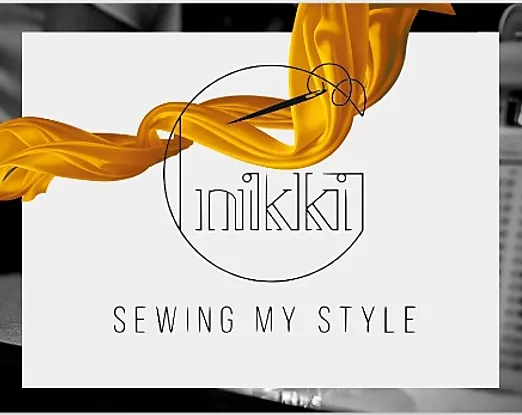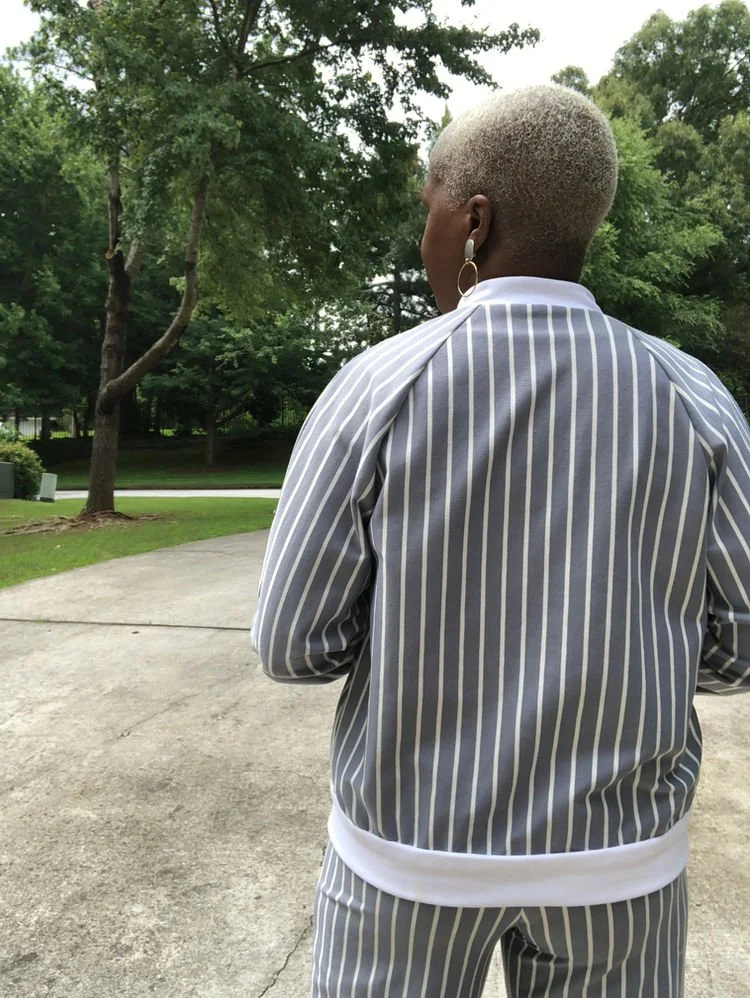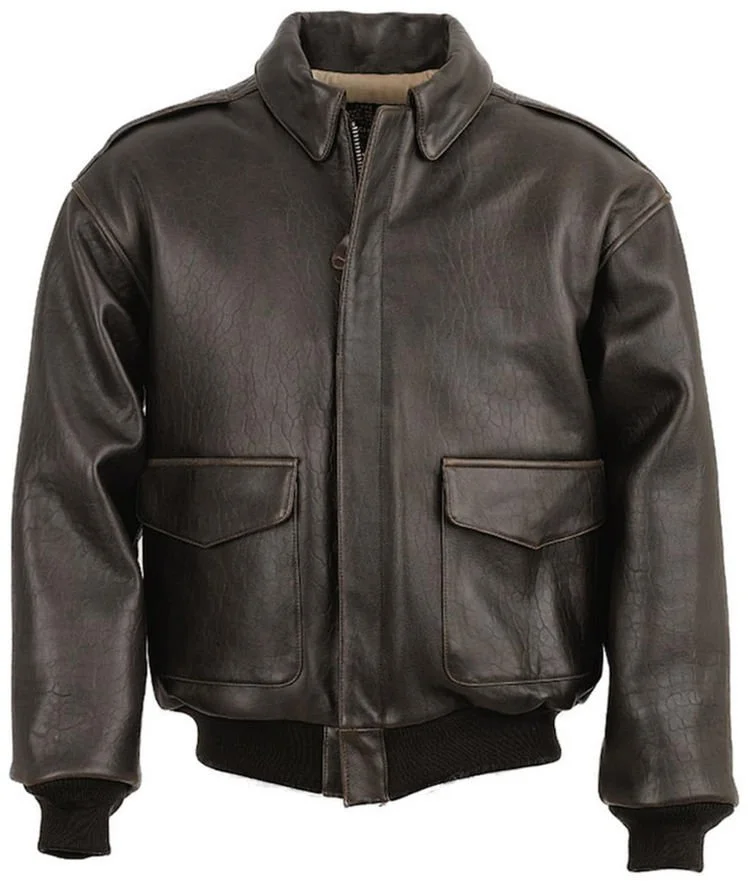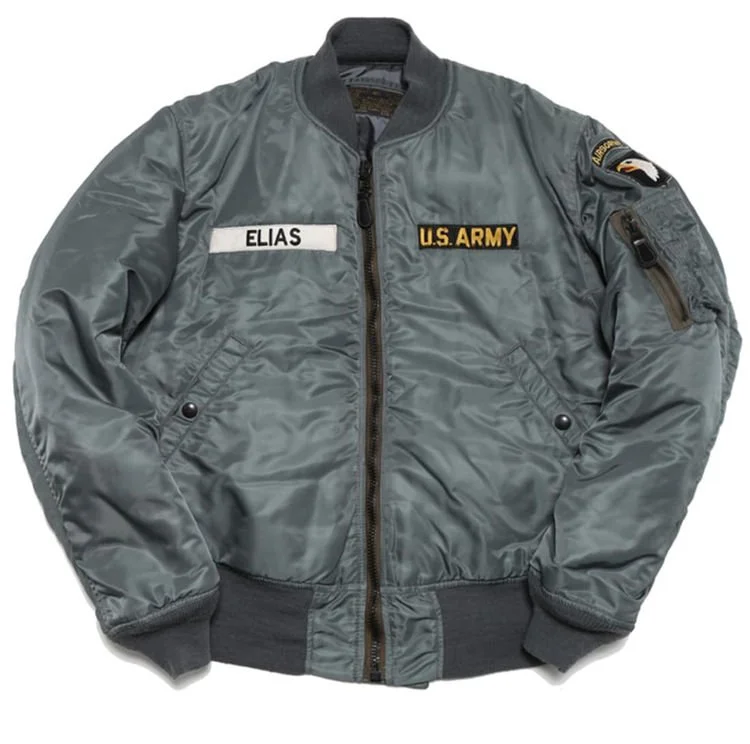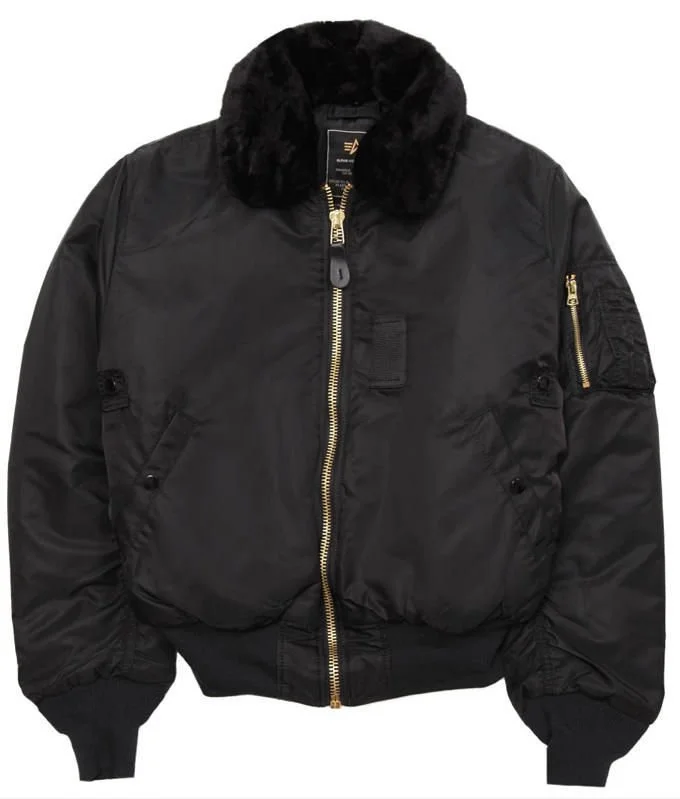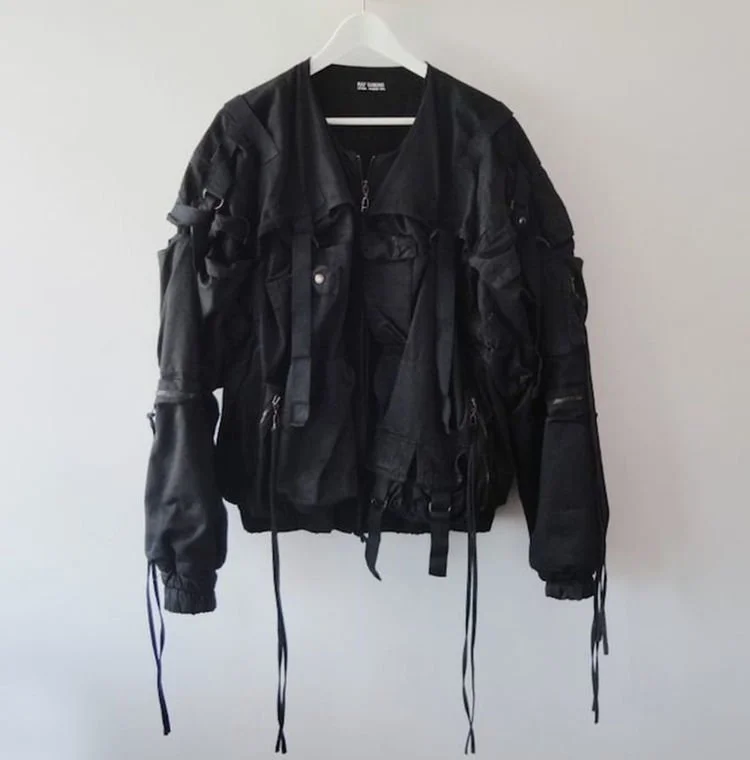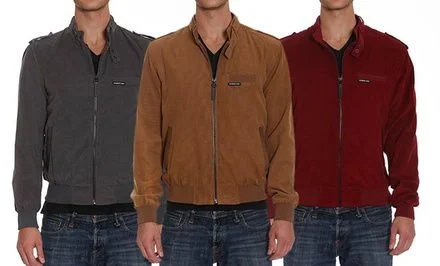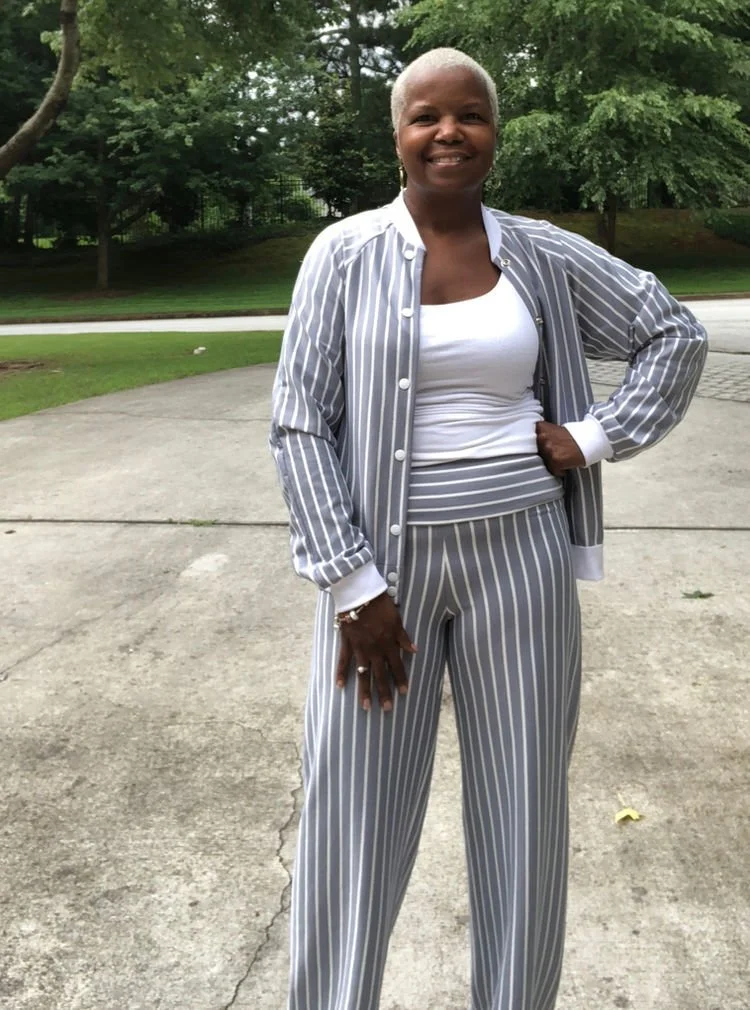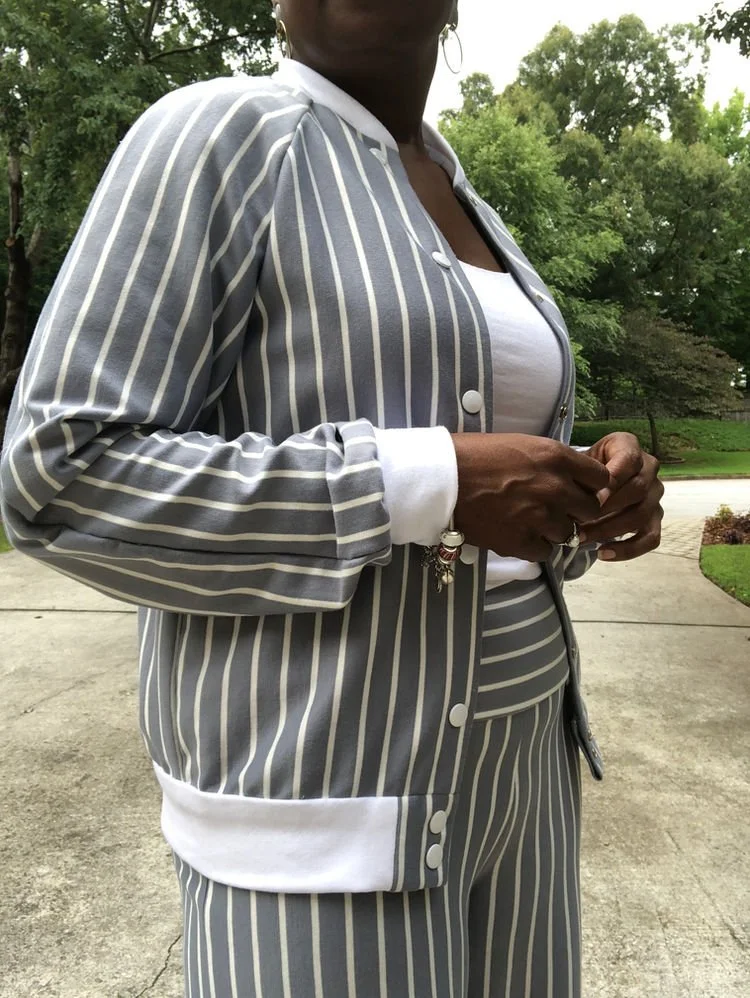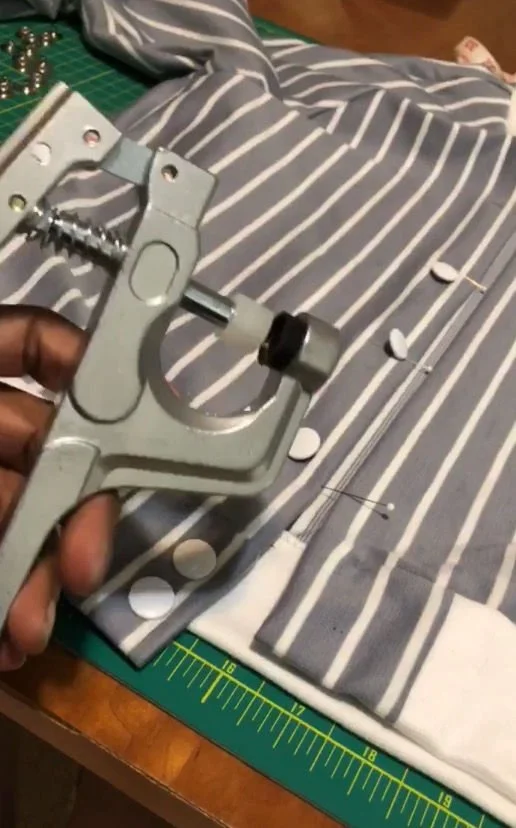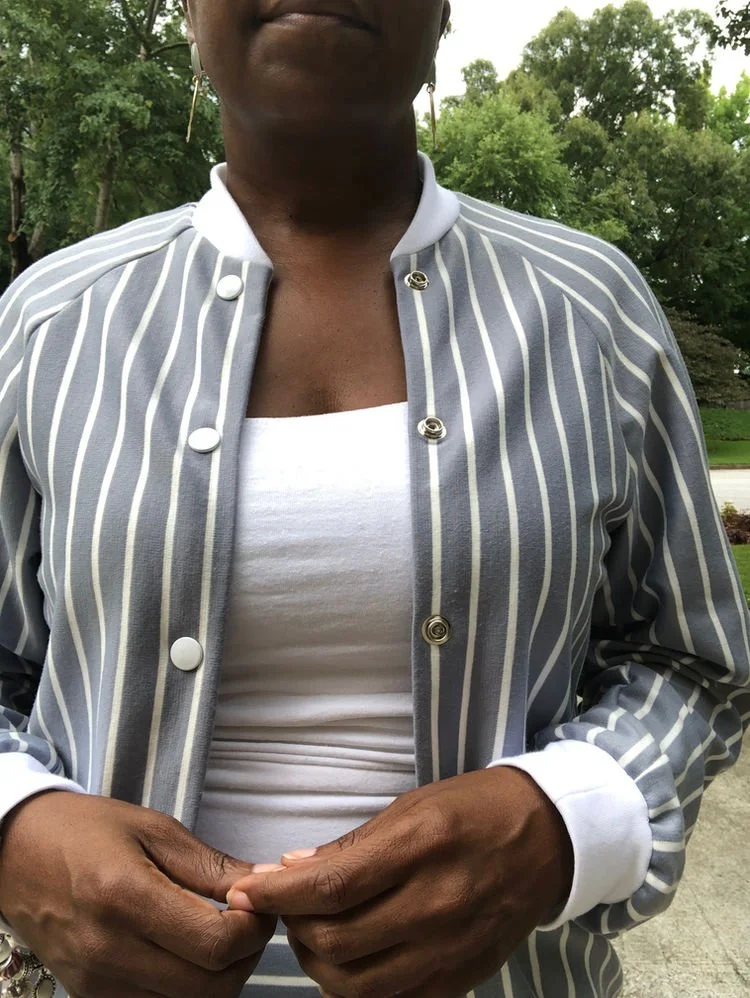The bomber jacket: 1940 to the runway and my sewing table
The bomber jacket—or MA-1 if we're being technical—has a longstanding history that stretches from the middle of the 20th Century into today. Starting as a jacket that was best suited for chilly, cramped cockpits, the jacket has become into an outerwear staple that's seen high fashion reinterpretations for the modern man. Here's how it evolved from standard issue outerwear to the wardrobe staple in your closet and mine.
Courtesy of Complex.com.
In the 1940s the A-2 and B-15 set the standard, with horsehide leather and snap button closure, a neck flap, and two flap pockets that adorn the front of the jacket.
When making the switch to MA-1 jackets, which occurred between 1949 to 1950, a few changes were made to the B-15 style. The fur collar was replaced with a knit collar, primarily because the fur collar got in the way of the parachute harness. An orange liner was added to help promote rescue visibility in the event of a plane crash, making the jacket reversible. A nylon body became the standard due to the relatively new (at the time) material's ability to remain dry and prevent rain or water from soaking into the jacket.
Bomber jackets were a major part of military life, but following the Korean War, and especially after the Vietnam War, the MA-1 was integrated into civilian life. While the jacket was obviously for U.S. military personnel, the jacket quickly (and more easily) spread to a non-military audience.
Today's bomber, depending on where you buy it, will either be a very close reproduction of the classic, or tailored towards modern tastes.
I love a bomber jacket, and I also love the bomber's cousin Members Only jacket, which I lived in during the 80s. My Uncle gave it to me as a gift and I wore it everywhere. The Members Only jacket begin in 1975 and was introduced to the US in 1980, right into my closet.
And then there's Ellen Degeneres....
Recently I was in Fine Fabrics (Atlanta) and found a row of stripes in knit fabrics and thought about a small capsule. What a fun idea and this was the first concept, a bomber jacket and pants to go with it! The fabric is knit and typical of some fabrics in warehouse stores, if you're not careful you will purchase your stripes or other pattern against the fabric grain. This fabric was just that example, so my garments are made opposite the grain with the exception of the pants waist-band. Who knew how it would turn out, but surprisingly the pieces constructed great and both are very comfortable. I didn't line the jacket because I wanted a light weight summer jacket to wear. I'm thinking about doing a sew-a-long for an unlined bomber jacket, very easy.
The pants are perfect, a great pattern from Simplicity D0961 with an extremely comfortable waistband. Great fit and the pant legs are just wide enough to be elegantly casual for heels or flats. Matching the stripes was easy and the I will be making these again. The jacket behaved generally well except when I wanted to use a sport zipper - NOT! I put in the zipper 3 times, the last time by hand and the fabric curled and stretched and I was done. I then decided to use snaps and had to order white ones from Amazon...two days later I could finish my jacket. Using the snaps takes practice and muscle, especially if your knit fabric is folded as seen at the bottom flaps of the jacket. And the snaps packet only comes with 7 snaps so if it's your first using these snaps (Dritz brand), buy some to play with and get good at applying them.
So here's to the history of a bomber jacket from the 1940s to today on the runway and forever in my closet.
Thank you -
Fine Fabrics Atlanta
Simplicity Creative Group - Pants s8649 and Jacket s8418
Dritz Plastic Snaps and Fastener Pliers
All made with my Husqvarna Viking
Thanks for the love,
NKY-G
